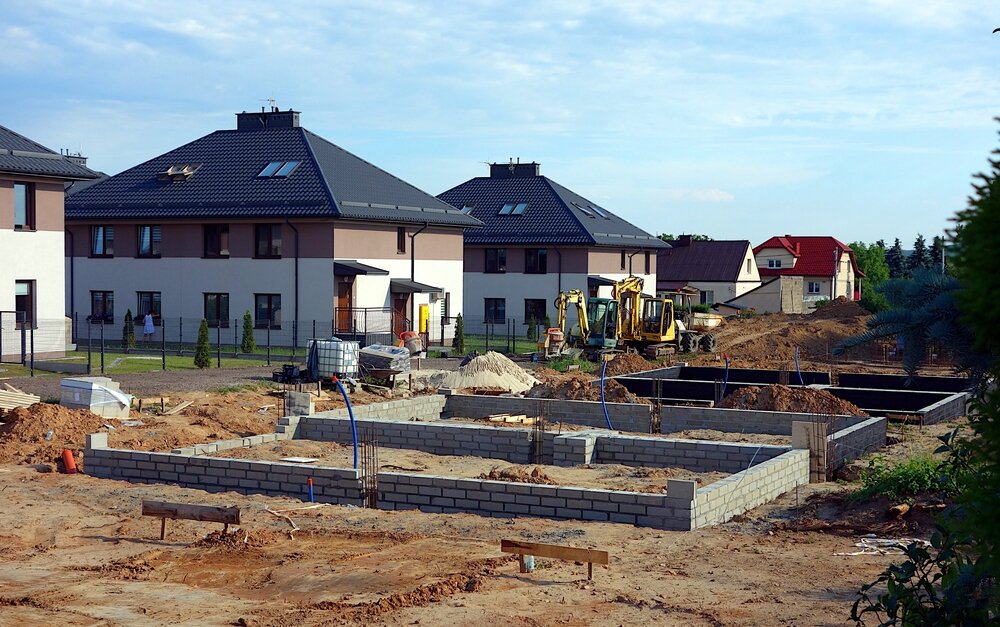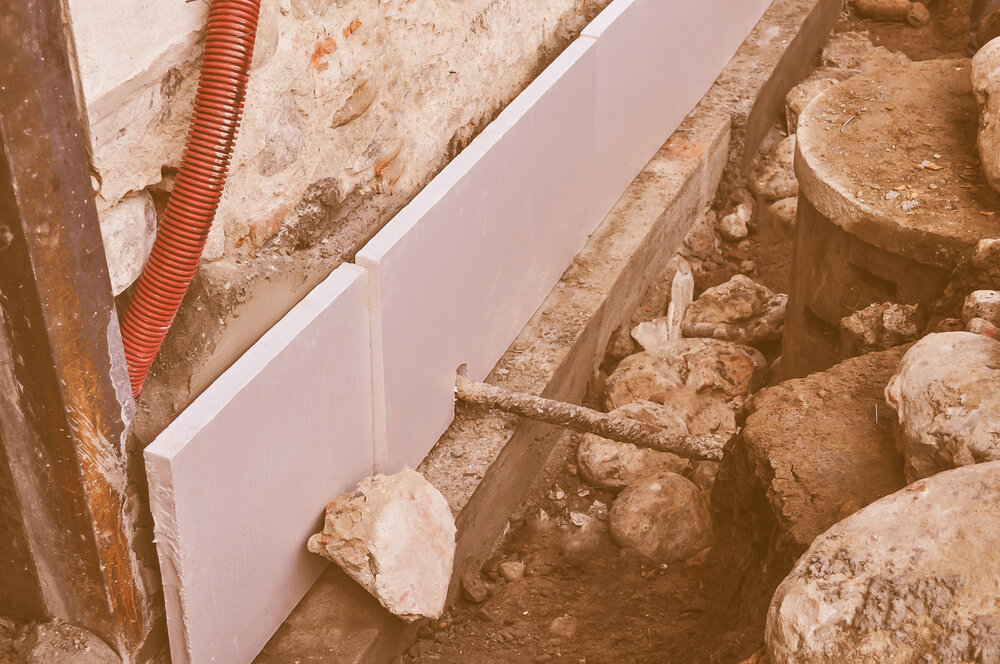Are you looking for ways to maximize the space in your home? Do you dream of adding an extra room, a home office, or a recreational area in your basement? Basement underpinning is the answer to all your expansion plans.
In this blog, we will explore the concept of basement underpinning and discuss its benefits, processes, and considerations. We will draw insights from Bakerhill Renovations’ experts, a leading basement underpinning services company, for an in-depth understanding.
What is Basement Underpinning?

Basement underpinning is a structural solution that strengthens your home’s foundation by extending its depth. This process creates additional headroom and allows you to transform your basement into a usable living space.
Underpinning is primarily performed to increase the vertical clearance, reinforce the structure’s stability, and maximize your basement’s potential.
Benefits of Basement Underpinning
Increased living space: Basement underpinning allows you to gain a considerable amount of usable living space, which can be utilized for various purposes, such as bedrooms, home offices, gyms, or entertainment areas.
Escalate property value: Expanding the usable living area enhances your home’s functionality and adds significant value to your property. A finished basement adds to the overall marketability and desirability of your home.
Cost-effective solution: Unlike a home addition or moving to a larger house, basement underpinning is a relatively more affordable option to expand your living space. It saves you from the costs and hassles associated with major structural renovations.
Energy efficiency: With basement underpinning, you can improve your home’s insulation and energy efficiency. The additional living space can be adequately insulated, reducing energy consumption and lowering utility bills.
The Basement Underpinning Process
Initial assessment: A professional engineer or underpinning specialist will evaluate your basement and determine the feasibility of underpinning. They’ll consider factors such as soil conditions, water table levels, and the structural integrity of your foundation.
Planning and permits: Once the assessment is complete, a detailed plan will be developed, including the required permits. Obtaining the necessary permissions and ensuring compliance with building codes and regulations is vital.
Excavation and temporary supports: The area to be underpinned is excavated in sections, and temporary supports are installed to ensure the stability of the existing structure during the process.
Underpinning construction: The underpinning process involves carefully removing the existing foundation in sections, reinforcing the structure, and extending it to the desired depth. This can be accomplished using various techniques, such as benching, resin injection, or pile underpinning, depending on the specific requirements of your project.
Waterproofing and insulation: As part of the underpinning process, it is crucial to address any existing moisture issues and provide proper insulation to prevent future problems.
Finishing touches: After the underpinning is complete, the new basement space can be finished according to your preferences. This includes drywall installation, flooring, lighting, and any additional features or amenities.
Considerations for Basement Underpinning

Professional expertise: Basement underpinning is a complex process that requires the expertise of experienced professionals. Hiring a reputable and knowledgeable contractor, like Baker Hill Construction, is crucial to ensure the success and safety of your project.
Timeframe: Underpinning projects can take several weeks or months, depending on the scope and complexity. Preparing for the timeline and potential disruptions to your daily routine during the construction phase is important.
Budgeting: While basement underpinning is a cost-effective solution for expanding your living space, it is essential to establish a realistic budget and consider additional costs such as permits, finishing materials, and any unforeseen complications that may arise during the process.
Structural limitations: The feasibility of basement underpinning depends on the existing structural condition of your home. Consultation with a professional will determine if your foundation can support the additional load and if any structural modifications or reinforcements are required.
Conclusion
Basement underpinning offers endless possibilities for transforming your basement into a usable living space. Whether you want to create a cozy guest suite, a state-of-the-art home theatre, or a productive home office, underpinning can turn your dreams into reality.
With the expertise of professionals like Bakerhill Renovations, you can embark on this exciting journey to expand your living space, increase your property value, and enhance your overall quality of life. So go ahead and unlock your basement’s hidden potential with basement underpinning. Contact us today to get started.
